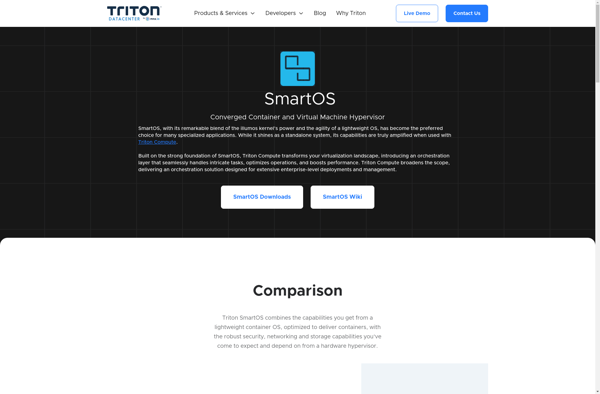Danube Cloud
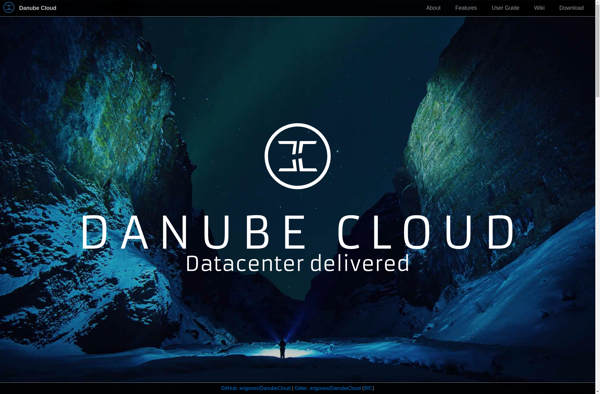
Danube Cloud: Open Source PaaS Solution for Rapid Application Development
Build, deploy and scale applications quickly without managing infrastructure with Danube Cloud, an easy-to-use, flexible open source platform-as-a-service solution.
What is Danube Cloud?
Danube Cloud is an open source, multi-cloud platform-as-a-service (PaaS) solution developed by EuroLDAP and designed to make life easier for developers. With Danube Cloud, developers can quickly build, deploy and efficiently scale applications without having to manage the underlying infrastructure.
Some key features and benefits of Danube Cloud include:
- Supports popular development frameworks like Spring Boot, Node.js, Python, PHP, .NET and more
- Automated CI/CD pipelines for faster and simplified app delivery
- Auto-scaling of applications to meet demand
- Management console and CLI for easy access and administration
- Multi-cloud support across private and public environments
- Kubernetes-based architecture that is flexible and resilient
- Open source under the Apache 2.0 license, enabling customization as needed
By providing pre-configured runtime environments and automated resource management, Danube Cloud aims to reduce the complexity involved in building, deploying and scaling cloud-native apps. Its focus on developer productivity and automation makes it well-suited for Agile and DevOps-oriented teams looking to bring applications to market faster.
Danube Cloud Features
Features
- Open source PaaS
- Supports multiple languages and frameworks
- Automatic scaling
- Built-in monitoring and logging
- CLI and UI for management
- Integrated object storage
- Multi-tenant architecture
- High availability
- RESTful API
Pricing
- Open Source
- Free
Pros
Cons
Official Links
Reviews & Ratings
Login to ReviewThe Best Danube Cloud Alternatives
Top Development and Platform As A Service and other similar apps like Danube Cloud
QEMU
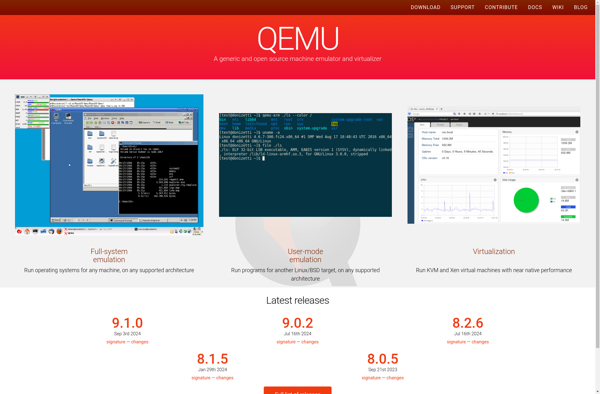
OpenStack

VMware vSphere Hypervisor
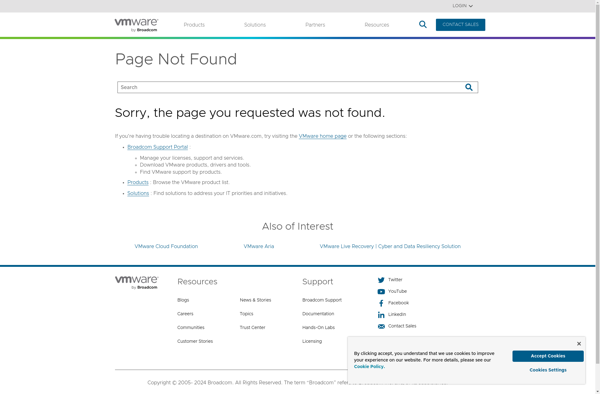
Proxmox Virtual Environment
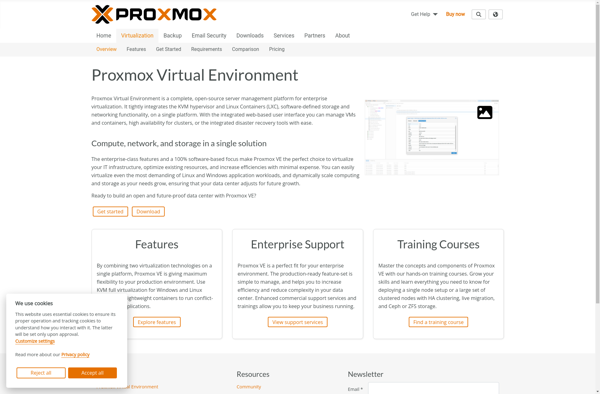
KVM (Kernel-based Virtual Machine)
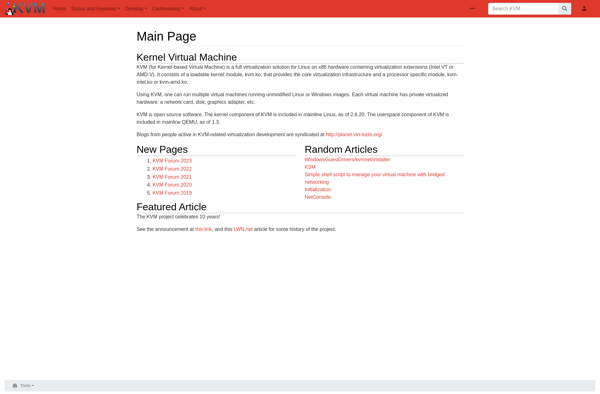
Microsoft Hyper-V Server

Archipel
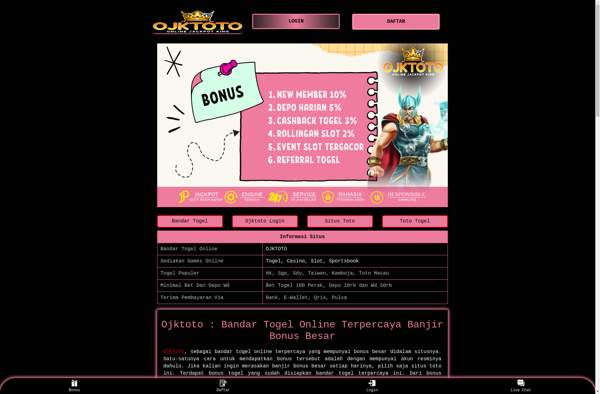
MicroCloud

OVirt
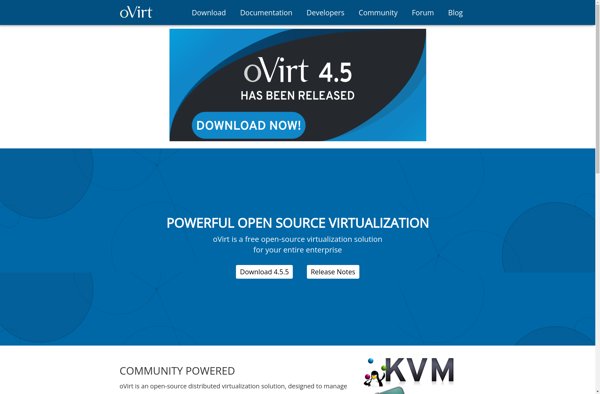
Citrix Hypervisor

VMmanager
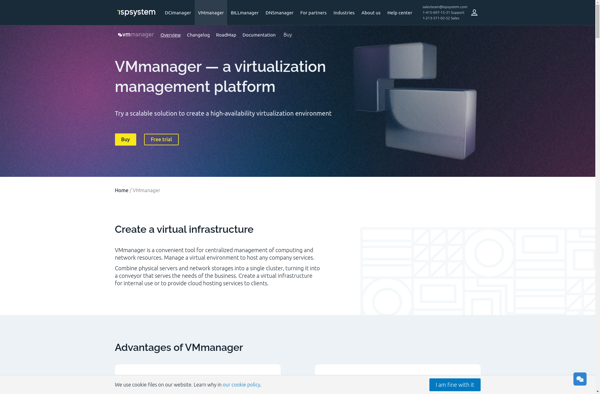
SmartOS
